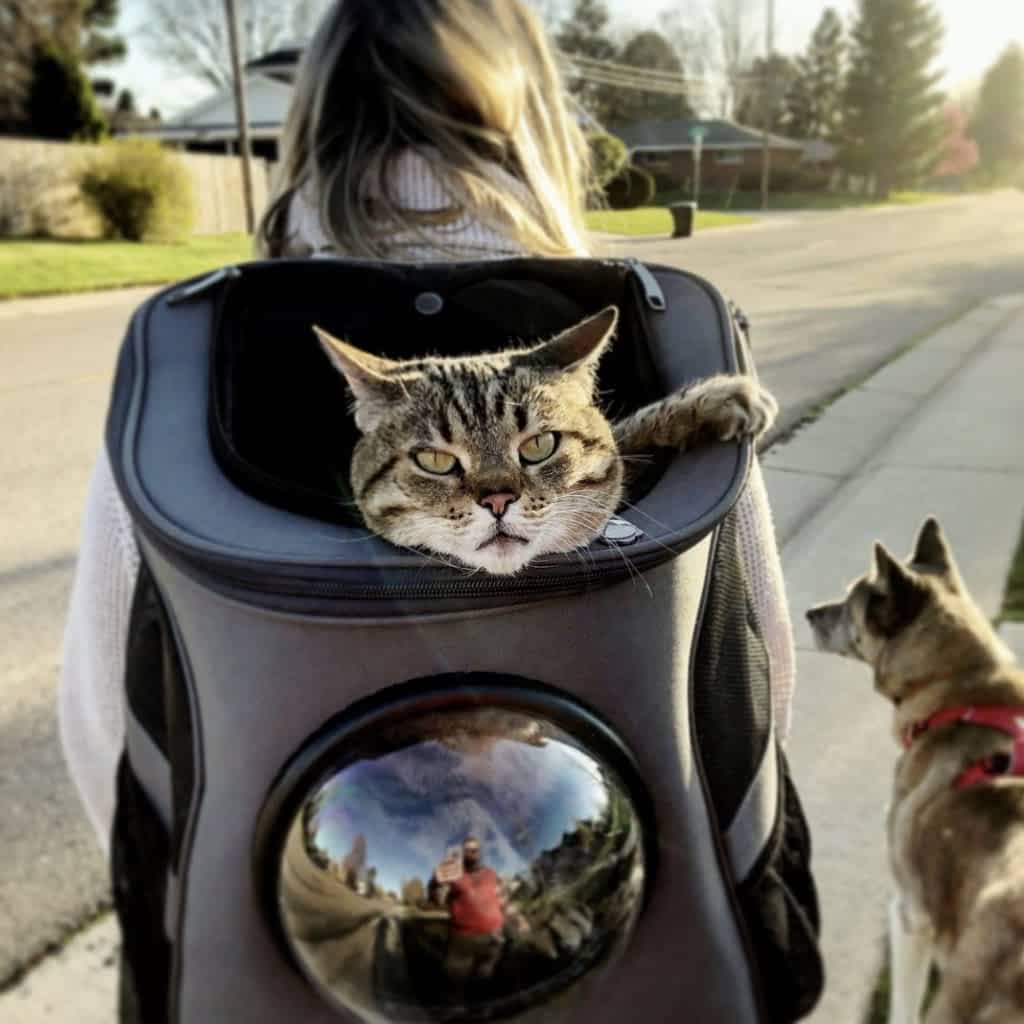
Choosing the ideal cat litter for your feline pal can be a complicated task provided the myriad of options readily available on the marketplace. This extensive guide will delve into the numerous kinds of cat litter, their benefits, drawbacks, and whatever in between to help you make a notified decision.
The product of the cat litter plays a vital role in its effectiveness. Typical materials consist of clay, silica gel, recycled paper, wood, corn, wheat, and walnut shells. Each material uses distinct benefits and prospective drawbacks.
Clay-based litters are the most standard and commonly used due to their high absorbency and clumping capabilities, which make clean-up simpler. Nevertheless, they can be dusty and might not be the best option for cats or humans with breathing issues. Silica gel crystals are highly absorbent, control odors effectively, and are low maintenance considering that they don't need to be altered as frequently. Nevertheless, they can be more expensive and some felines may not like the texture. Eco-friendly litters, made from recycled paper, wood, corn, wheat, and walnut shells, are environmentally friendly alternatives. They are normally dust-free and helpful for felines with allergies, but their smell control and clumping capabilities vary extensively.
The choice in between clumping and non-clumping litter is significant. Clumping litter types strong masses when wet, making it easy to dig urine and feces, thus preserving a tidy litter box. Non-clumping litter absorbs moisture however does not form clumps, which might lead to more frequent modifications of the whole litter box.
Odor control is a top concern for most cat owners. Litters are typically instilled with baking soda or charcoal to neutralize smells. Keeping a fresh litter box also needs regular scooping, ideally two times a day, and following the maker's guidelines for changing the litter and cleaning up the box.
The health of your cat and the ecological effect of the litter are also crucial factors. Dust-free or low-dust choices are much better for breathing health. Biodegradable litters provide an environment-friendly alternative to clay, which is strip-mined and not sustainable. Furthermore, it's vital to be familiar with any allergies your feline might have to specific materials.
Expense is an cat litter essential consideration, as the cost of cat litter can differ substantially. While silica gel and some biodegradable litters may be more costly upfront, their longevity can provide savings in the long run. On the other hand, clay litter is typically more affordable however needs more regular replacement.
Eventually, the finest cat litter is one that matches both your and your feline's choices and requirements. It might take some trial and mistake to discover the ideal match. Take note of your cat's behavior and comfort, as well as the Coconut Husk Cat Litter litter's performance in terms of smell control, absorbency, and upkeep.
Picking the ideal cat litter contributes substantially to your feline's cat litter box self cleaning health, happiness, and the cleanliness of your home. By considering the material, clumping ability, smell control, health effects, ecological impacts, and cost, you can make an informed choice that benefits both you and your furry buddy. Keep in mind, what works best for one cat may not match another, so want to experiment up until you find the ideal solution.